Gift Guide: Must have tools for new TTRPG players
There’s no better time than right now to get into the TTRPG hobby, be that through the increasingly popular D&D 5e, or any of the thousands of other RPGs out there. That said there are a few things that you’ll likely need to get started with the hobby, regardless of what you, or somebody you’re buying a gift for, are playing. We’ve created this little gift guide — and intend to keep fleshing it out — to point out some great things that might help out with the hobby, and some places that you can buy those things.
Before we get into the item, we should cover some basics. Most TTRPG systems (that’s Tabletop RPGs) are group efforts with one player helping to steer and direct the story (often called a DM, GM or Narrator) and other players taking on the role of adventurers, heroes, antiheroes or more within the setting. Settings are vast and sweeping, and while D&D’s Forgotten Realms are Tolkien-adjacent High Fantasy, most other classic (and non-classic) genres are touched on by systems that are out there.
I use the term system because TTRPGs are comprised of more than just a setting and some examples, they’re complete with rules for how to exist and operate within the setting of the game — many of these are loose, however, the idea is that the system resolves issues using tools like Dice, Skills or Cards, emulating things like probability and luck. In real life, a sword to the torso will kill somebody, but the process of getting to a point where you can deliver that is vastly more complex and harder to quantify than just saying ‘It’s there, this happens’ which is where things like rolling to hit, modifiers and other variables come into play depending on the game you’re playing.
This gift guide is specifically collated with games that veer closer to D&D, or D&D 3e, mechanically (rolling dice to resolve challenges); So we won’t recommend objects for more niche games here. That said, please do drop us a comment if you have any questions, or think we’ve missed something obvious, and we’ll take a look.
Dice
Short of character sheets, paper and a pen or pencil, there’s nothing more essential to taking part in a TTRPG than a set of Dice. The classic dice array includes D4, D6, D8, D10, D12, D20 and a D%0, they’ll cover most of the dice rolls required, although you’ll need to roll some of them multiple times, especially as your character starts levelling up or buffs, nerfs or wild magic come into play.
Most dice shapes are standardised, although there are some weird and wonderful designs, there are even options like the Diceomatic which looks like a business card that you press on the top to trigger an inner mechanism that randomly spins a dial, equivalent to a dice roll.
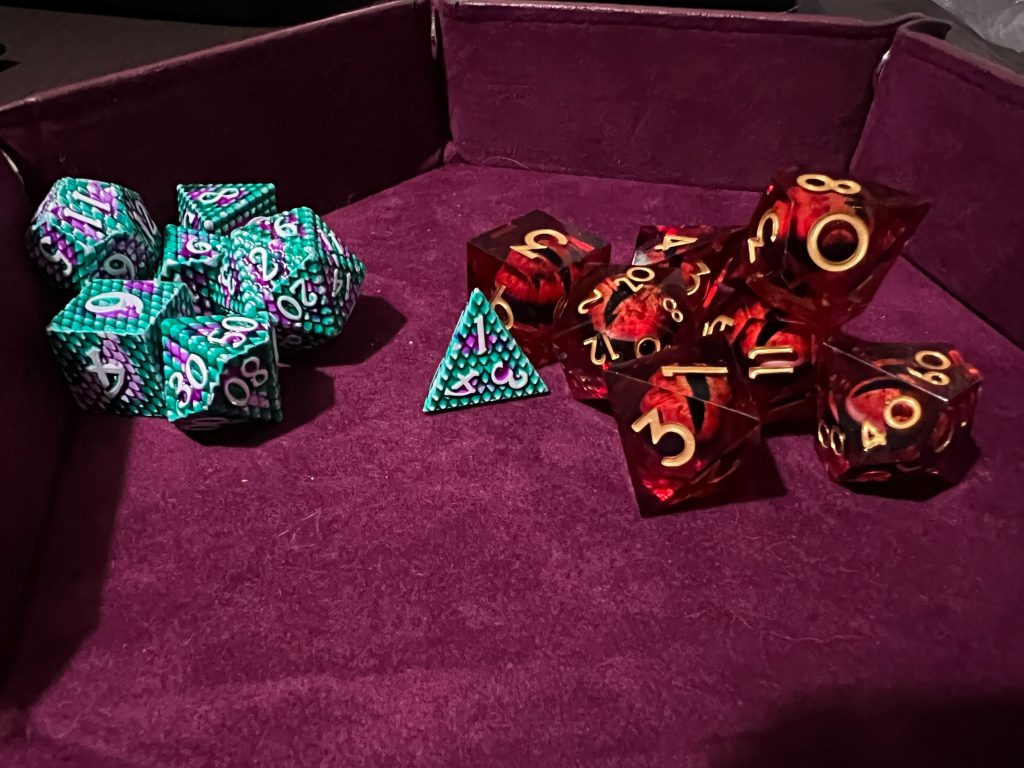
Above, there are dice from Dice Dragons, a rapidly growing dice set and tabletop accessory merchant. The metallic Acid Dragonscale dice are wonderfully weighty and a really fun texture, while the Dragon Eye dice stole the attention of everybody who saw them at the table. People love filled dice, and over the years we’ve seen solid-filling ones, but now liquid filling (where the inside decoration pivots with the dice) is all the rage and these are thematic and cool.
There are more places making dice than ever, but do be cautious buying from community stores. With the rise of AI image generation, and with sites like eBay and Etsy relaxing their seller guidelines, it’s easy to get stung with a dice concept you’ve grown enamoured with.
Dice Tray
When you’re a kid, playing board games or rolling dice on the bedroom carpet, those little plastic dice don’t really do any damage — or even make much of a noise — when you roll them. However, when there are a fair few of you gathered around a table, and you’re maybe talking about rolling metal dice… well, that’s where dice trays come in.
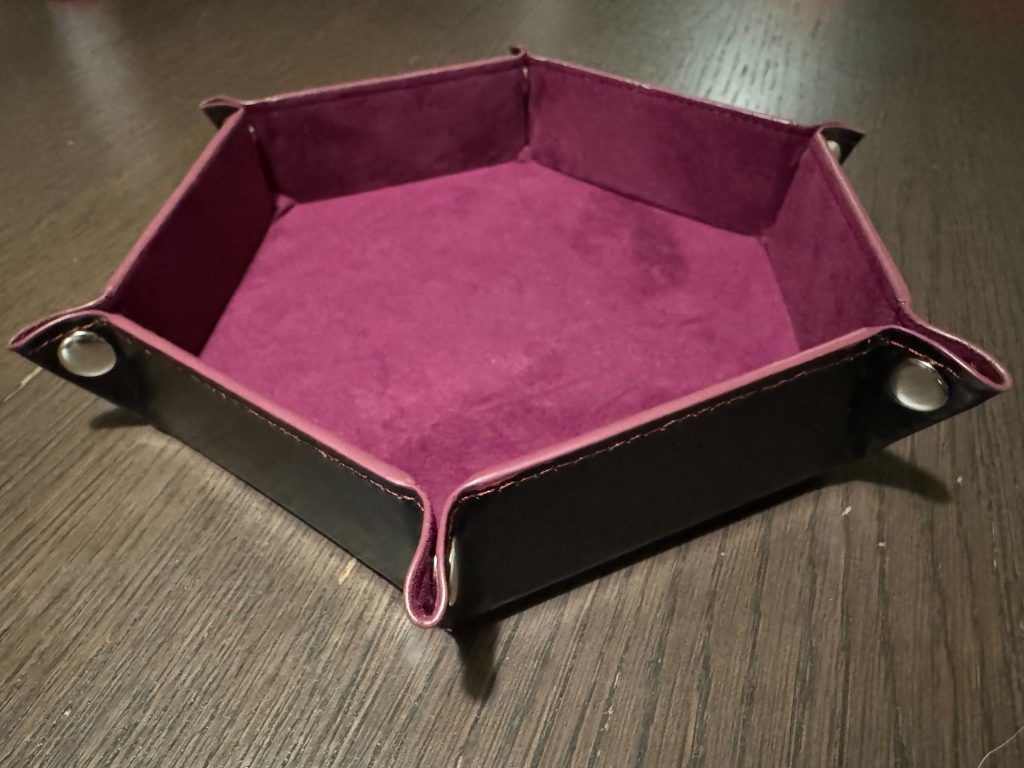
Dice trays, as with dice towers, are a great solution to accidentally throwing your dice across the table and into somebody else’s space; however, they also protect the table from damage and, in turn, give a little bit of cushioning and impact-dampening to your dice. Is that important? Well, in the long run it’ll give you a bit longer with those cool custom dice, and in the short term, well, yes, it keeps the flow of the game nice and tight and, if you’re playing at a board game club, rather than at home, the owner will appreciate it.
Dice trays, like dice themselves, come in a wide variety. I think I paid about £4 for my pictured one, which has snap fittings for building it up into a tray from its flat form. You can get some really fantastic ones, as well as some that tie into the next entry in the list, dice bags.
Dice Bag
Most dice sets come with a small pull-string pouch that’ll do you just fine. However, I don’t think that I know a single player who has only one set of dice. That’s where Dice Bags come in. My one, pictured above, is almost entirely functional, however, the lid contains a flip-out panel which features zips allowing me to slide a couple of cards inside of it.
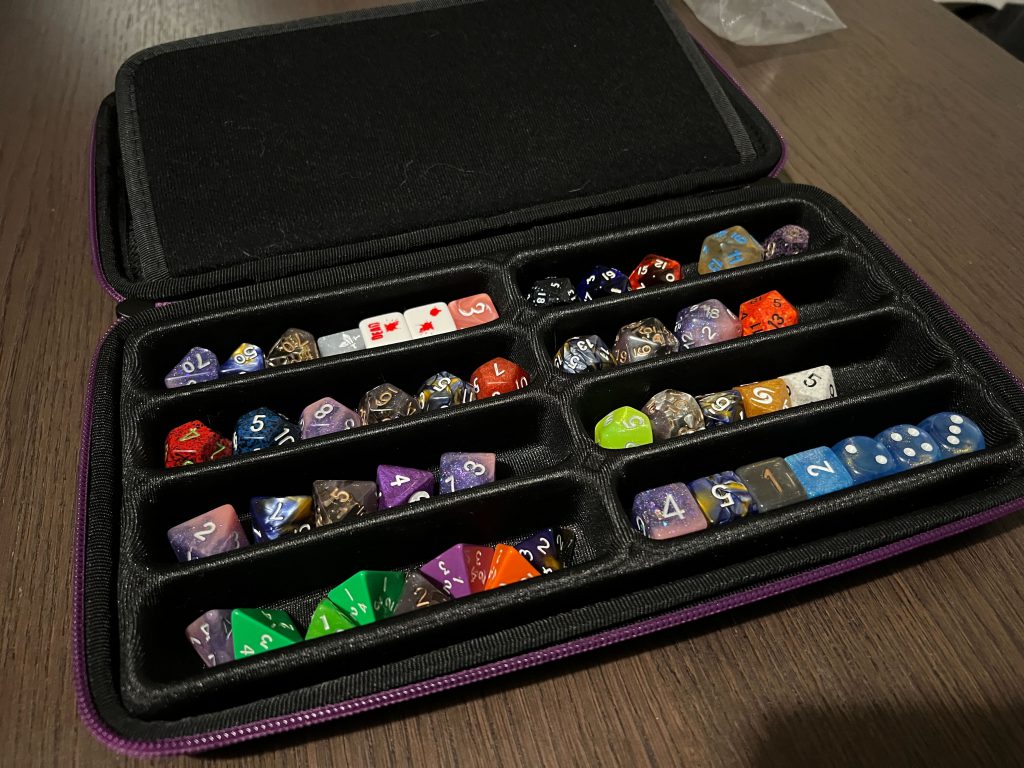
And, that’s the thing. D&D can be incredibly add-on heavy, with spell cards, character cards, item cards, tokens and more. It’s not just D&D though. The starter sets for a lot of systems (Alien, Twilight: 2000, The One Ring, to name a few) include additional cards and components, and that’s before we even get started on terrain maps and miniatures.
If your collection is building up then a few of the companies that make Dice Bags make larger bags too. Casematix make some great, durable cases (in fact, they make cases for almost anything, as it turns out), and Enhance Gaming are one of the best when it comes to bags and satchels, especially if you’re bringing maps along.
Miniature Alternatives
If you’re just getting started, lean toward one-shots or haven’t found a group that is ready to settle into the rhythm of a regular campaign, then you might not be keen on committing to a miniature. That’s fair, the current iteration of D&D is combat-heavy (and combat is slow) and features a variety of widely contrasting species and races to play as — that’s before you even get down to the fact that most of the existing classes are distinct from one another.
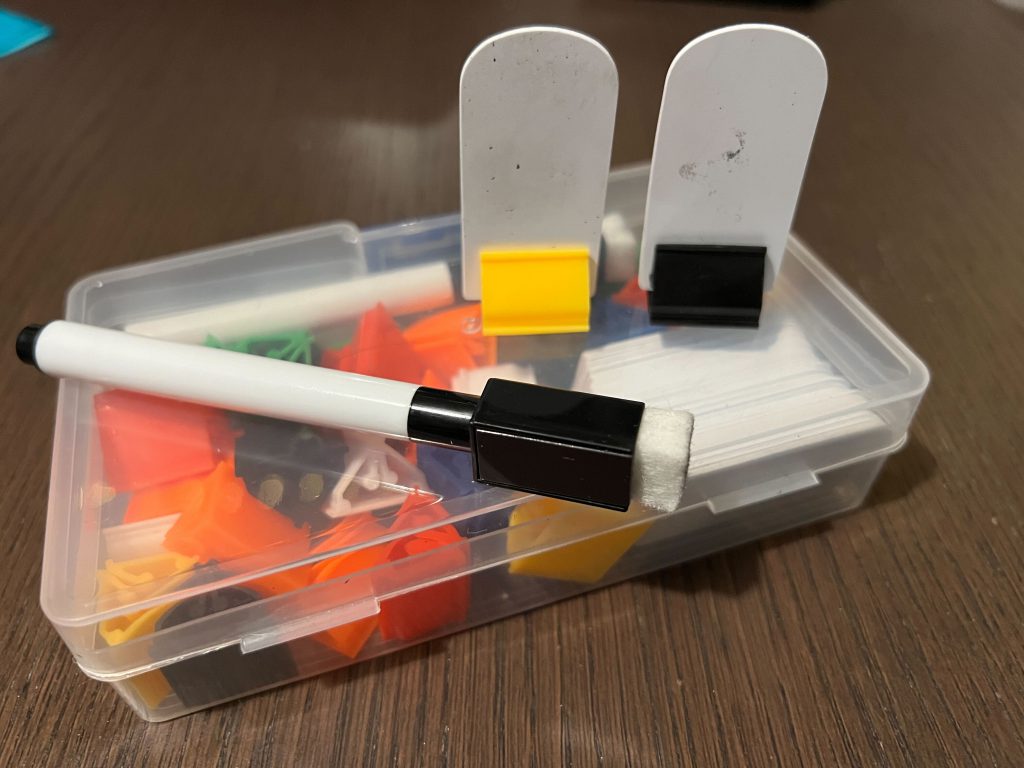
There are a few different things that you can grab that work as fantastic placeholders, even things as simple as pencil toppers and erasers can work sufficiently as indicators of where you are on a TTRPG battlemap, however sometimes you want to have something slightly more deliberate than that.
Something that I picked up early on was the Meetory 82Piece Marker & Stand Set. I initially got it because I was about to GM a little homebrew twist on Mörk Borg (a great system, I highly recommend) and so I felt that I needed some placeholders for enemies. Since then I’ve played through a few campaigns, but I’m still defaulting to drawing a little face on one of the wipe-clean cards and plugging it into a stand when it comes to creating a character.
Starter Sets
This is a bit of a cheeky one because a lot of starter sets include some of the items listed above. You’ll often get pop-outs, dice and more within a starter set, and in the case of some of them, you’ll end up with dozens of tokens or cards to help symbolise ailments and conditions.
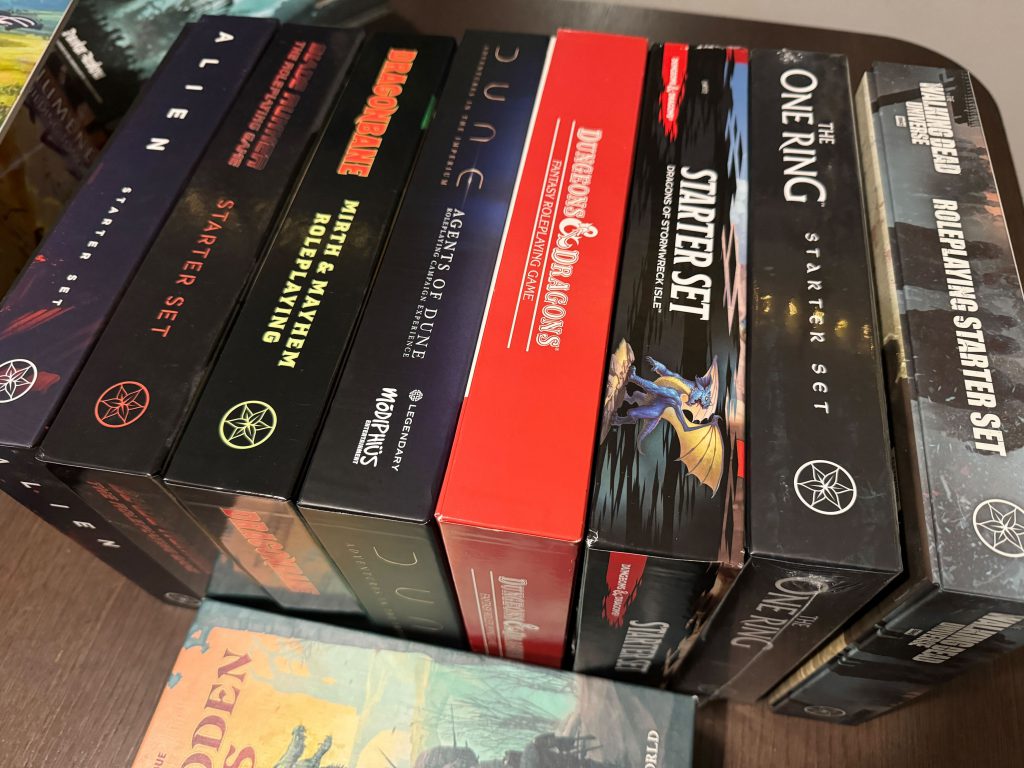
However, grabbing a starter deck as an upgrade to your digital-only player guide is a great way to widen your knowledge (and toolkit) regardless of the system – as is grabbing a bestiary or a Dungeon/Game Master’s guide for your preferred TTRPG where available.
That said, do make sure to read the descriptions before you pick up a starter set, or something that appears to be a starter set. If it doesn’t say starter set on it then you might be buying a campaign pack or even just a big-box version of the player and GM guides,
After this, the sky is the limit. There are some really fun accessories and items that you can pick up to expand your hobby, and, of course, don’t forget your pen and paper for notes.
Comments are closed.